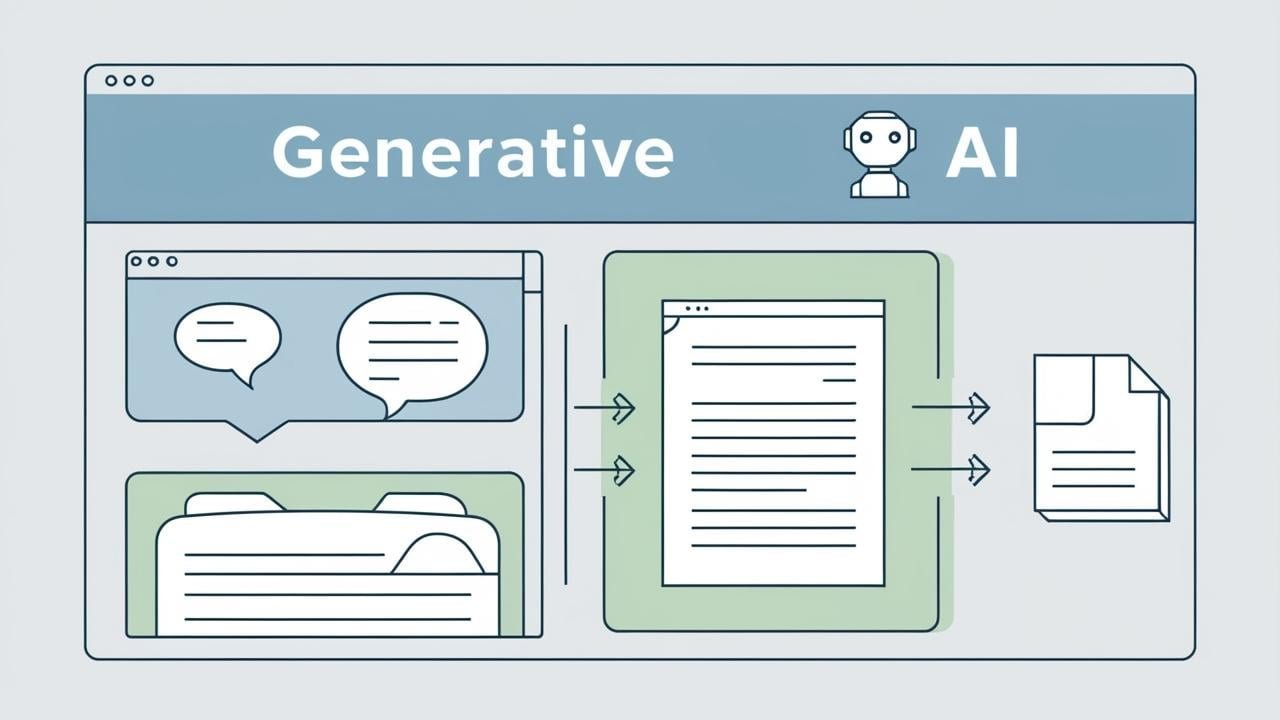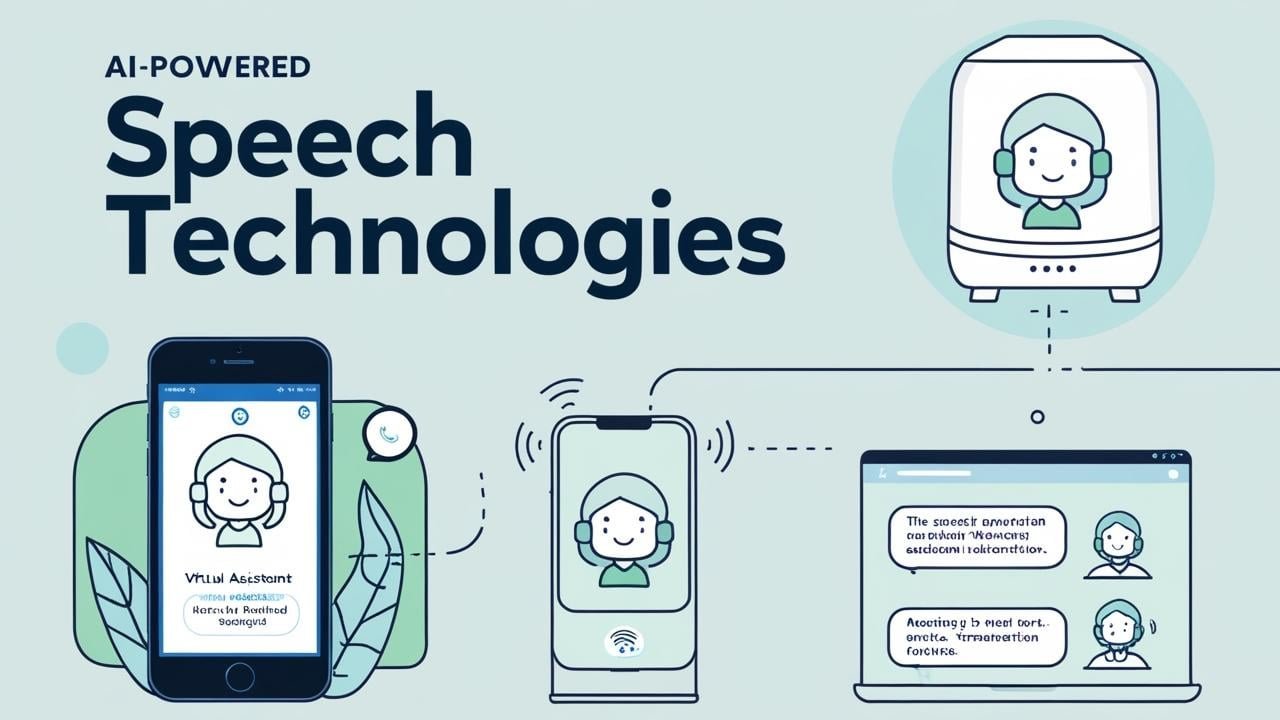Unlocking AI: A Simple Guide to Understanding Artificial Intelligence
Artificial Intelligence (AI) has become a household term, but what exactly is it, and how can it practically help you or your business? In this blog, I'll unpack the essentials of AI, covering generative AI, computer vision, speech technologies, natural language processing, and how AI helps extract valuable insights from data.
Key Summary (if you’re short on time!)
Generative AI, computer vision, speech technologies, natural language processing - you've heard them all before, what do they mean, and how can they help you?
Generative AI creates new content, such as text, images, and code, based on vast amounts of training data.
Computer Vision allows AI to interpret visual information from images or video.
Speech Technologies convert speech to text and vice versa, enhancing interaction and accessibility.
Natural Language Processing (NLP) helps AI understand, interpret, and respond to human language effectively.
Data Extraction and Insights utilise AI to identify, digitise, and summarise information from various data sources.
Generative AI: Creating New Possibilities
Generative AI is a powerful branch of AI designed to produce original content.
Using huge datasets—often billions of words or vast collections of images—these models understand how different words or elements connect to each other.
This understanding enables AI to generate meaningful content, including text, images, videos, or even programming code.
Generative AI comes in two main forms: Large Language Models (LLMs), which handle extensive general tasks but require significant resources, and Small Language Models (SLMs), perfect for niche tasks and are generally more cost-effective.
Typical uses for Generative AI include:
Chatbots and virtual assistants.
Drafting documents or generating creative content.
Translating text instantly between languages.
Summarising complex information into clear, concise text.
Speech Technologies: AI That Hears and Speaks
AI speech technology revolves around recognising human speech (speech-to-text) and producing speech from text (text-to-speech). Today's AI-driven speech tools manage complex scenarios like filtering background noise, managing interruptions, and creating increasingly natural-sounding voices.
Every day applications you could be familiar with:
Virtual assistants on smartphones and home devices.
Automatically transcribing meetings or calls.
Converting text or video content into audio formats.
Translating speech instantly across languages.
Natural Language Processing (NLP): AI That Understands
NLP involves AI interpreting human language, performing tasks such as entity extraction (spotting people, places, or things), text classification (categorising content), sentiment analysis (understanding opinions and feelings), and language detection (recognising which language is being used).
While powerful generative AI often tackles advanced NLP tasks, simpler NLP models can effectively handle routine analyses in a more cost-efficient manner.
Some practical scenarios of NLP include:
Analysing meeting notes and documents to identify important topics, entities or actions.
Monitoring sentiment in reviews, articles, or social media.
Creating effective chatbots for customer support.
Data Extraction and Insights: Turning Information into Action
AI isn't just about creating content. It's also incredibly effective at extracting and interpreting data. Optical Character Recognition (OCR) enables AI to read and digitise text found in images. Advanced AI tools now go beyond simple OCR, extracting detailed information from audio, video, and images.
Areas you could see OCR at work:
Automating business document processing (e.g., expense claims).
Digitising historical documents for digital archives.
Organising data for easy search and retrieval.
Highlighting key insights and actionable points from meeting transcripts.
Summary
AI is rapidly becoming integral to personal and professional life, enhancing productivity, accuracy, and innovation. Understanding its core areas mentioned above - generative AI, computer vision, speech technologies, NLP, and data extraction - will empowers you to leverage AI effectively, opening up exciting new opportunities and understand how it can benefit your personal and work-life.




